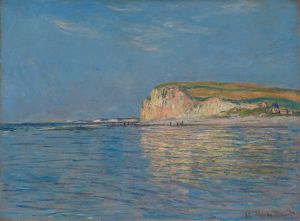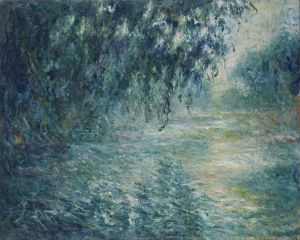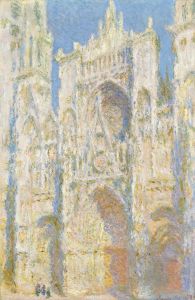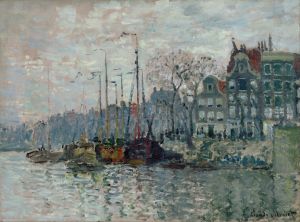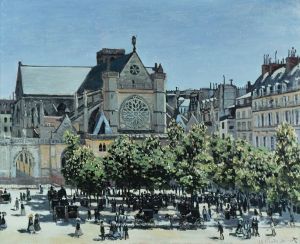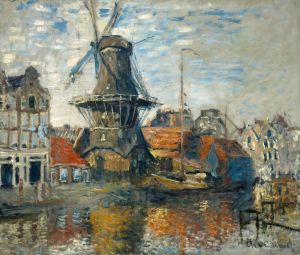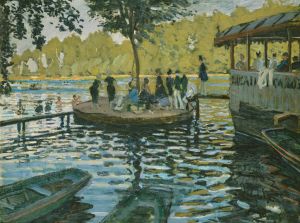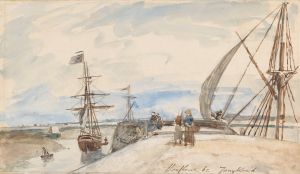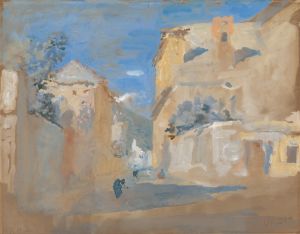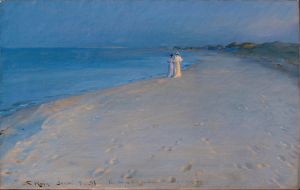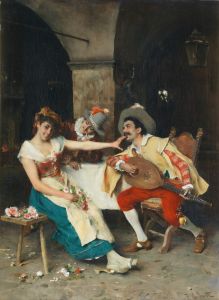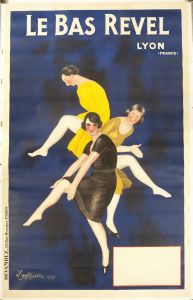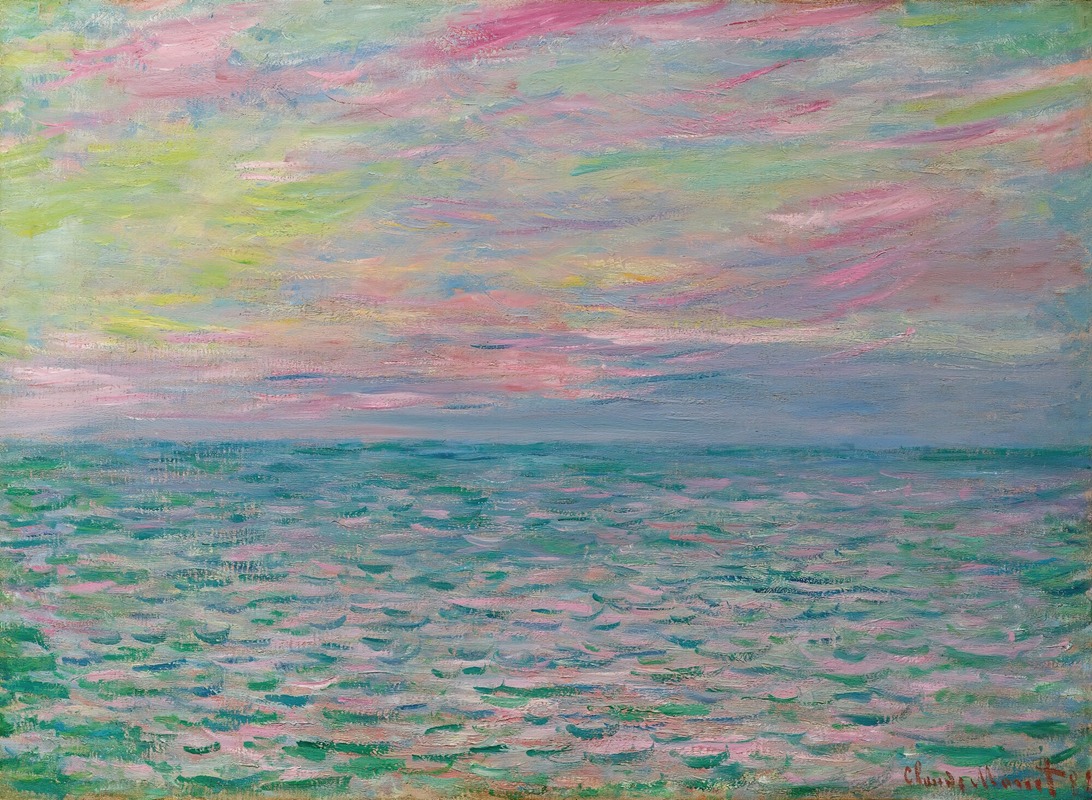
Coucher De Soleil À Pourville, Pleine Mer
A hand-painted replica of Claude Monet’s masterpiece Coucher De Soleil À Pourville, Pleine Mer, meticulously crafted by professional artists to capture the true essence of the original. Each piece is created with museum-quality canvas and rare mineral pigments, carefully painted by experienced artists with delicate brushstrokes and rich, layered colors to perfectly recreate the texture of the original artwork. Unlike machine-printed reproductions, this hand-painted version brings the painting to life, infused with the artist’s emotions and skill in every stroke. Whether for personal collection or home decoration, it instantly elevates the artistic atmosphere of any space.
Claude Monet's "Coucher De Soleil À Pourville, Pleine Mer" is a captivating example of the artist's exploration of light and color, characteristic of the Impressionist movement. Painted in 1882, this work is part of a series Monet created during his stay in Pourville-sur-Mer, a small coastal village in Normandy, France. This period was significant for Monet as he sought to capture the transient effects of light and atmosphere on the landscape, a hallmark of his artistic endeavors.
The painting depicts a sunset over the sea at Pourville, with the sun casting vibrant hues across the sky and reflecting on the water. Monet's use of color is particularly striking in this piece, as he employs a palette of warm oranges, pinks, and purples to convey the fading light of the day. The brushwork is loose and fluid, allowing the colors to blend seamlessly and create a sense of movement and dynamism. This technique is emblematic of Monet's style, where the focus is on the overall impression rather than detailed realism.
Monet's choice of location, Pourville, was not random. The village's picturesque cliffs and expansive views of the English Channel provided an ideal setting for his studies of light and atmosphere. During his time in Pourville, Monet was particularly interested in the changing weather conditions and how they affected the landscape. This interest is evident in "Coucher De Soleil À Pourville, Pleine Mer," where the interplay of light and shadow is central to the composition.
The painting is also notable for its composition. Monet positions the horizon line relatively high, giving prominence to the sky and its dramatic colors. The sea, rendered in broad, sweeping strokes, occupies the lower portion of the canvas, reflecting the sky's colors and adding depth to the scene. This compositional choice emphasizes the vastness of the sky and the sea, creating a sense of openness and tranquility.
Monet's work during this period was part of a broader movement among Impressionist painters to capture modern life and the natural world in new and innovative ways. By focusing on the effects of light and color, Monet and his contemporaries sought to convey the fleeting nature of reality, challenging traditional artistic conventions. "Coucher De Soleil À Pourville, Pleine Mer" exemplifies this approach, as Monet captures a specific moment in time with immediacy and vibrancy.
The painting is housed in the National Museum in Poznań, Poland. It became the subject of international attention in 2000 when it was stolen from the museum. The theft was executed by a thief who replaced the painting with a copy, and it remained missing for nearly a decade. Fortunately, the painting was recovered in 2010, much to the relief of art historians and admirers of Monet's work.
In summary, "Coucher De Soleil À Pourville, Pleine Mer" is a testament to Claude Monet's mastery of capturing light and atmosphere. Through his innovative use of color and composition, Monet creates a vivid impression of a sunset over the sea, inviting viewers to experience the beauty and transience of nature. This painting not only reflects Monet's artistic vision but also contributes to the broader narrative of the Impressionist movement's impact on the art world.





